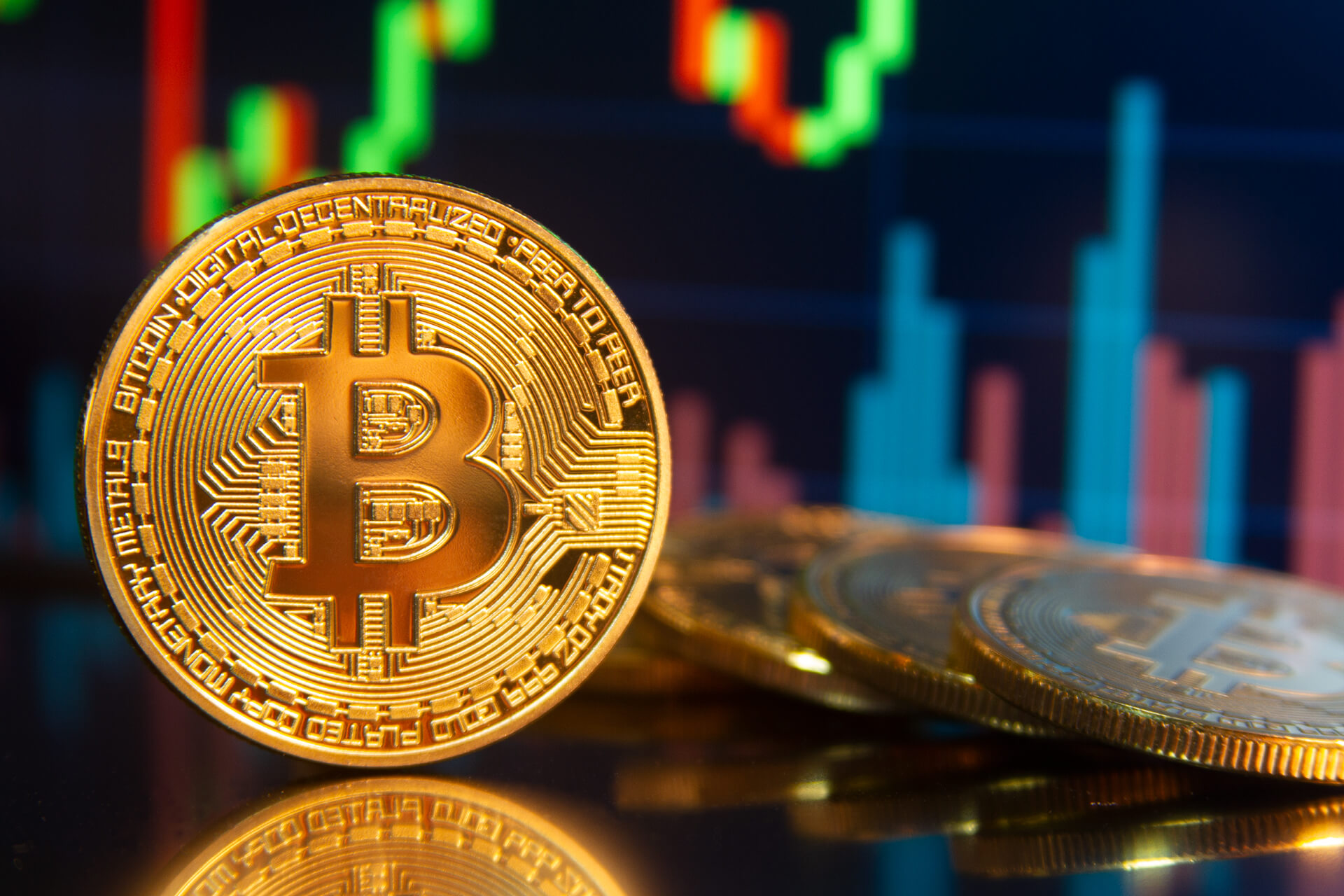Bitcoin has been around since 2009. For years, investors and everyday people have brushed it off as a fake currency. However, Goldman Sachs recently announced that they would consider Bitcoin an investable asset.
Bitcoin is still relatively new and is going through an adoption phase as a new asset class. As it goes through this phase, Wall Street strategists face the almost impossible task of trying to analyze its outlook.
In truth, if cryptocurency is a new asset class it has a lot in common with one area in the stock market: often very volatile penny stocks that see wild gyrations on the tiniest bit of news.
What is Bitcoin?
Bitcoin is a decentralized digital currency, without a central bank or single administrator, that users can send to each other on the peer-to-peer network without the need for intermediaries.
The Bitcoin system is a collection of computers (also referred to as “nodes” or “miners”) that all run Bitcoin’s code and store its blockchain.
To picture a blockchain, think of it as a collection of literal blocks. In each block is a group of transactions. All the computers running the blockchain have the same list of blocks and transactions. Computers can transparently see these new blocks with new transactions– so no one can cheat the system.
Bitcoin’s Blockchain by Marie Cox _ Student – LeesvilleRdHS
Why is it so volatile?
During the GameStop fluctuations in February, trading on the stock was frequently suspended because of strong market moves. The New York Stock Exchange has market-wide circuit breaker procedures to temporarily halt certain stocks or to close the entire market if established thresholds are crossed.
This control allows for stability.
On the other hand, Crypto markets are volatile because there’s no central authority to stop them from being so. Bitcoin’s volatility is the price it pays for its limited supply and its lack of a central bank; its unstable nature isn’t a flaw — it is designed to be that way.
Bitcoin crashes this month caused by Elon Musk and China
Bitcoin and other cryptocurrencies plunged earlier this month after Elon Musk said Tesla would stop accepting Bitcoin as payment for its vehicles because of the huge amount of energy needed to mine it.
However, on Monday, May 24, Elon Musk tweeted that he may have a change of heart regarding Bitcoin.
The Tesla chief executive tweeted that he had spoken to Bitcoin BTCUSD, -4.14% miners, and that the community has committed to publishing data on their renewable-energy usage.
Also on Monday, Michael Saylor, MicroStrategy CEO, said that he moderated a Sunday discussion between leading cryptocurency miners in North America and Musk.
Bitcoin prices have stabilized a bit in recent days and are now hovering around $37,000. Still, that’s a far cry from the all-time high of above $60,000 just last month.
Musk’s tweets in mid-May were one of the reasons that the crypto market became unsettled as of late. Another upset in the world of Bitcoin: China.
On Friday, May 21, Liu He, the Chinese Vice Premier, called for a crackdown on and punishment of crypto mining and trading. The goal is to stem risks and ensure financial stability. Yet, China accounts for more than 75% of Bitcoin mining around the world.
With the new Chinese regulations in place, Bitcoin took another beating this weekend.
Bitcoin traders
Much more drives Bitcoin’s fluctuation than the next China crackdown or Elon Musk headline, though.
Prices going down force traders taking excessive risk in the unregulated cryptocurrency market to sell. This is in large part responsible for last week’s 30% drop in prices and outages for major exchange.
When traders use margin, they essentially borrow from their brokerage firm to take a bigger position in Bitcoin. If prices go down, they have to pay the brokerage firm back in what’s known as a “margin call.” Oftentimes, there is a set price that triggers selling to make sure traders can pay the exchange back.
Firms in Asia such as BitMEX allow 100-to-1 leverage for cryptocurrency trades. Robinhood doesn’t allow traders to use margin for cryptocurrency. Coinbase only allows professional traders to use margin.
Usually, everybody’s liquidation price tends to be somewhat near each other. When liquidation prices hit that value, automatic sell orders come in. As a result, the price of Bitcoin cascades down. Selling begins to “compound” as traders liquidate their leveraged positions because they can’t meet margin requirements anymore.
The future of Bitcoin
Bitcoin and cryptocurrency’s future is as unstable as it has always been.
It’s true that large banks are continuing to take notice of cryptocurrency. Goldman Sachs reopening its crypto trading desk and BNY Mellon opening custody services for digital currencies prove that.
In addition, some large investment companies believe that Bitcoin will become the currency of choice for international trade. Most notably, Citi, an American multinational investment bank, sings Bitcoin’s praises regularly.
On the other hand, some think Bitcoin will lead to economic and environmental ruin. Researchers at Cambridge University estimate that mining Bitcoin uses more electricity than entire countries like Argentina do.
Whether this is a bubble, destined to collapse, or a sign of a more radical shift in the concept of money, the implications for central banking and financial stability will be profound.

Hi! My name is Marie, and I am the editor-in-chief of The Mycenaean. I am also President of Model UN and President of Quill and Scroll Honor Society. I love whitewater kayaking and rollercoasters.

Leave a Reply